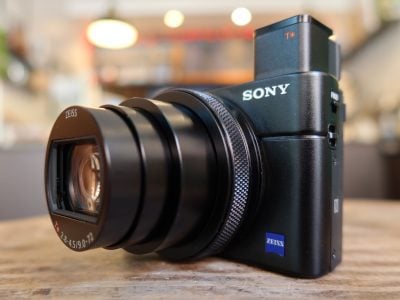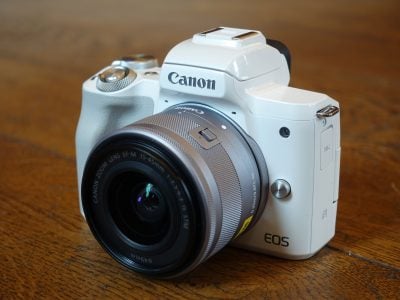Panasonic Lumix DMC-LX3
-
-
Written by Gordon Laing
Panasonic Lumix DMC-LX3 vs Canon G9 vs Canon 450D / XSi High ISO noise
Panasonic Lumix DMC-LX3 results
 |
 | To compare noise levels under real-life conditions we shot this scene with the Panasonic Lumix DMC-LX3, Canon PowerShot G9 and Canon EOS 450D / XSi within a few moments of each other using each of their ISO settings. The lenses on each camera were adjusted to deliver the same vertical field of view. The image left was taken with the Panasonic Lumix DMC-LX3 at 7mm f2.3 and with a sensitivity of 80 ISO; the original JPEG measured 3.79MB. The crops are taken from an area just below and to the left of the centre and presented here at 100%. |
Note during our tests, the Panasonic Lumix DMC-LX3 generally erred on underexposure, presumably to protect highlight areas from saturating. This was an effective strategy in some situations, but in others, such as this indoor shot, resulted in an image which was too dark. So for the results on this page we applied +1EV exposure compensation to the LX3; the Canon G9 and 450D / XSi samples do not have any compensation here. Also note the Canon 450D / XSi captures wider 3:2 aspect ratio images, so by matching the vertical field of view, we’re effectively treating the DSLR here as a 10.8 Megapixel camera, delivering 4:3 shaped images. The Canon PowerShot G9 crops show a smaller area due to its higher resolution.
Panasonic’s compacts have often suffered from higher than average noise levels in the past and the LX3’s predecessor was a prime offender, suffering from visible artefacts throughout its sensitivity range. Thankfully Panasonic has banished at least some of these demons with the LX3. So while the Canon G9 once again delivers a crisper result at 80 ISO, the LX3 takes the lead at higher sensitivities.
At 100 ISO there may be some fine textures visible on the LX3 crop, but the G9 is visibly worse and we’d say the Panasonic enjoys a one-stop advantage over the Canon from here all the way to its maximum sensitivity. So unless you’re shooting at the lowest sensitivity, we’d say the Panasonic LX3 delivers superior output to the Canon G9 – and remember if you’re shooting in RAW, you’ll have the opportunity to apply more sophisticated noise reduction later. (The LX3 additionally allows you to adjust the in-camera noise reduction by +/- 2 steps).
We’ve also included samples taken with the Canon EOS 450D / XSi Digital SLR for comparison, where the advantage of its physically larger sensor is clear. The two compacts may have delivered a superior result to the DSLR when equipped with its budget kit lens on the first results page, but here its superiority is not in any doubt. So as always, if you demand low noise at high sensitivities, get yourself a DSLR.
But the great news here is we can finally commend Panasonic on its sensor noise levels and image processing – lets hope Panasonic can deploy larger sensors across its Lumix compact range in the future. Now for more real-life examples across its sensitivity range, check out our Panasonic LX3 sample images page.
Panasonic Lumix DMC-LX3 |
Canon PowerShot G9 |
Canon EOS 450D / XSi with Canon EF-S 18-55mm IS | ||
 |
 |
 | ||
80 ISO |
80 ISO |
80 ISO not available | ||
 |
 |
 | ||
100 ISO |
100 ISO |
100 ISO | ||
 |
 |
 | ||
200 ISO |
200 ISO |
200 ISO | ||
 |
 |
 | ||
400 ISO |
400 ISO |
400 ISO | ||
 |
 |
 | ||
800 ISO |
800 ISO |
800 ISO | ||
 |
 |
 | ||
1600 ISO |
1600 ISO |
1600 ISO | ||
 |
 |
 | ||
3200 ISO |
3200 ISO not available |
3200 ISO not available |



